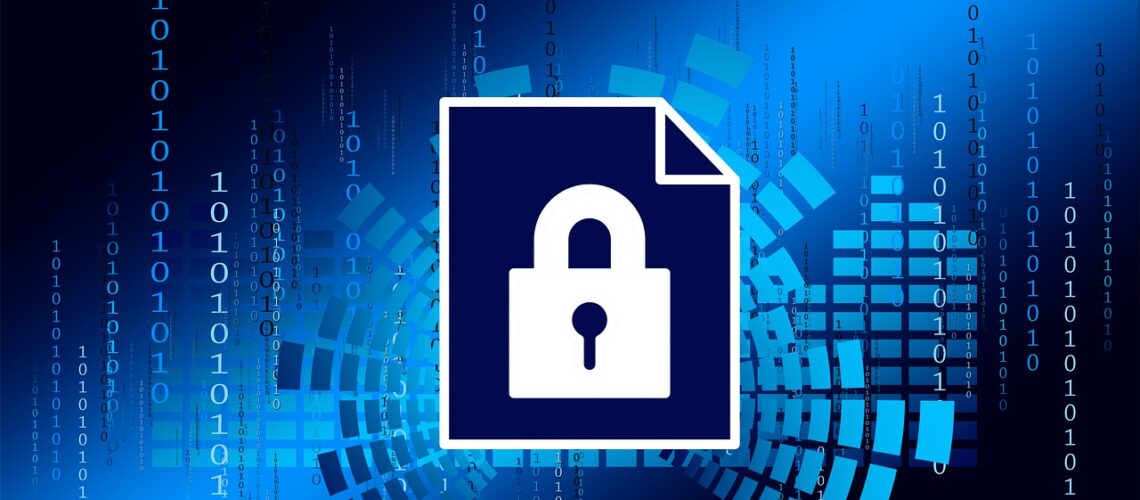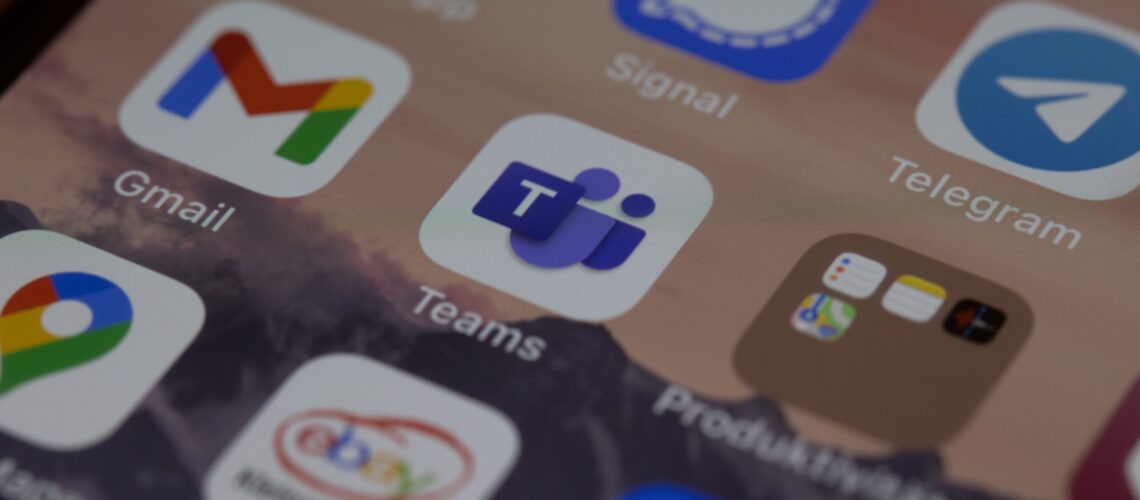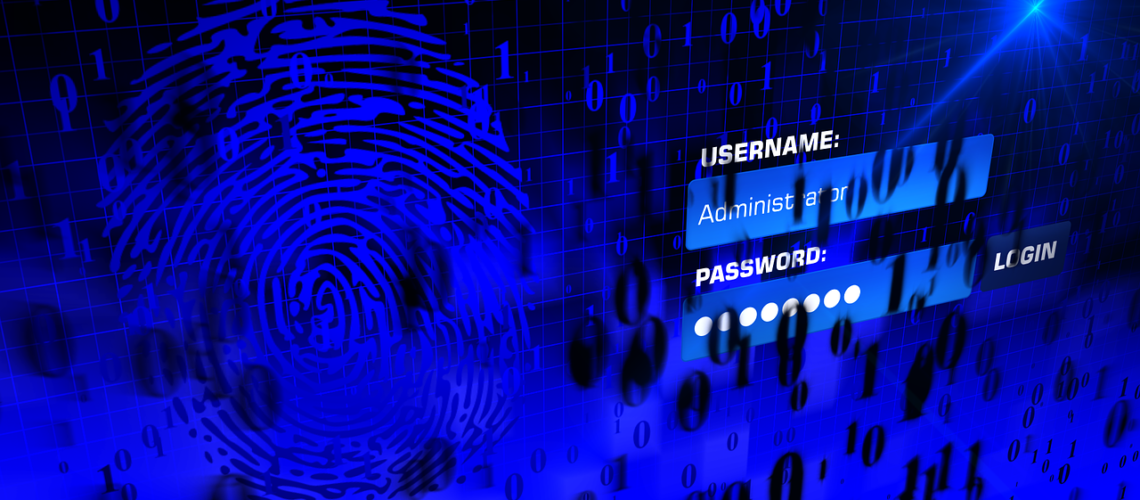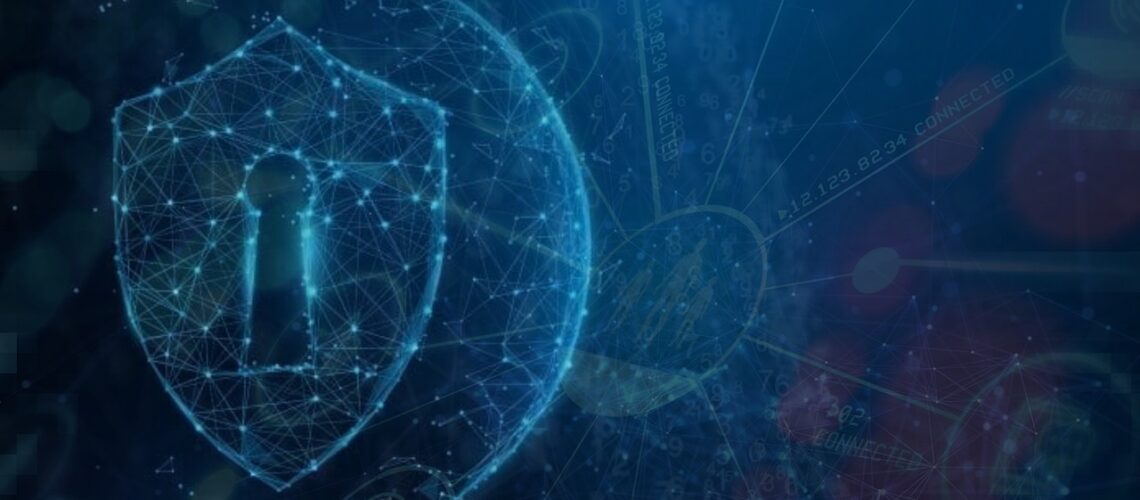Cybersecurity has become paramount for businesses across the globe. As technology advances, so do the threats. Recognizing this, the U.S. Securities and Exchange Commission (SEC) has introduced new rules. They revolve around cybersecurity. These new requirements are set to significantly impact businesses.These rules are a response to the growing sophistication of cyber threats. As well as the need for companies to safeguard their sensitive information.Let’s delve into the key aspects of these new SEC regulations. We’ll review what they are and discuss how they may affect your business.Understanding the New SEC Cybersecurity RequirementsThe SEC’s new cybersecurity rules emphasize the importance of proactive cybersecurity measures. These are for businesses operating in the digital landscape. One of the central requirements is the timely reporting of cybersecurity incidents. The other is the disclosure of comprehensive cybersecurity programs.The rules impact U.S. registered companies. As well as foreign private issuers registered with the SEC.Reporting of









